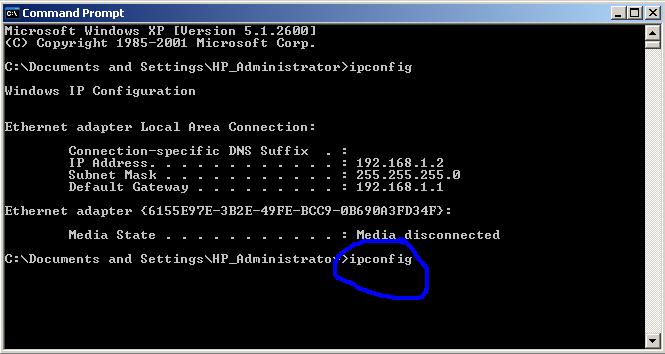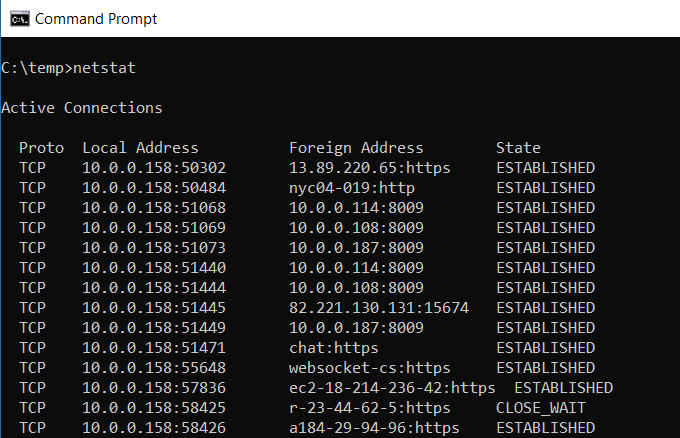

In this case copying will be more troublesome because you must open the context menu, select Edit > Mark. To fix this you can disable QuickEdit mode if you don't need it. Here's an example of QuickEdit mode setting in Windows 8 console: It takes you to the top of the directory tree. How to go to the root of the drive, in CMD (CD\) The first iteration of the CD command you should know is CD\. Try opening an app that outputs a lot of data in the highest priority and click the console, the app will still be blocked indefinitely even if the CPU is in idle This command enables you to change the current directory or, in other words, to navigate to another folder from your PC. The console does nothing to change the priority when there are some inputs. Priority is absolutely irrelevant here because if the buffer is full then the process is blocked forever until you exit mark mode, regardless of the priority.

When you press Enter or Esc the selected text will be copied to clipboard and mark mode will be exited, therefore the process will run again. It's very easy to accidentally click the console and stop the command. If quick edit mode is enabled (by default it's disabled in older Windows but enabled in Windows 10) then clicking inside the console window will activate mark mode and result in what you observed In that mode the screen will be frozen, texts will go into the buffer and if the buffer is full the running process will be blocked

The other answers are wrong! The Windows console has a separate mode called "mark mode" for selecting text.


 0 kommentar(er)
0 kommentar(er)
